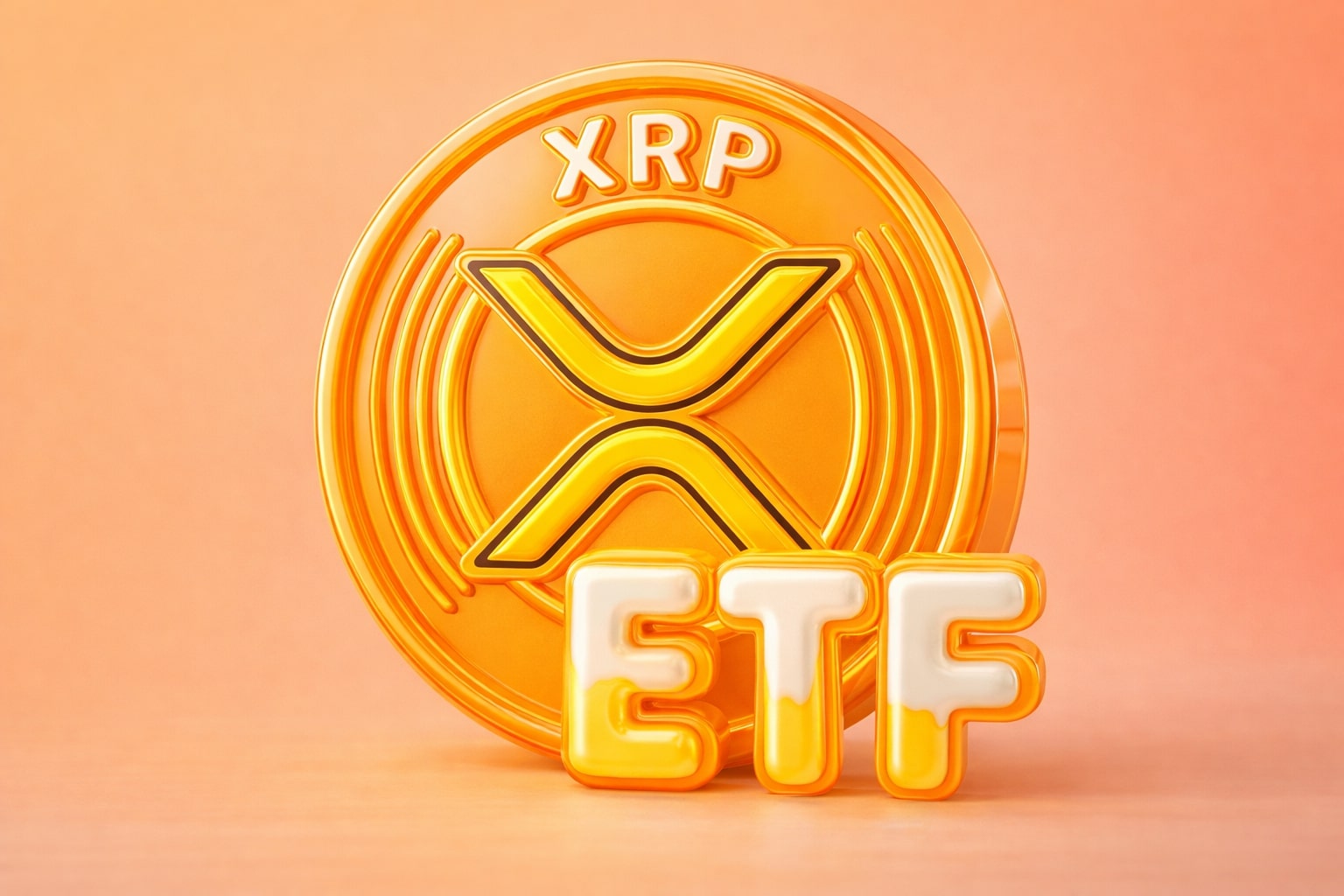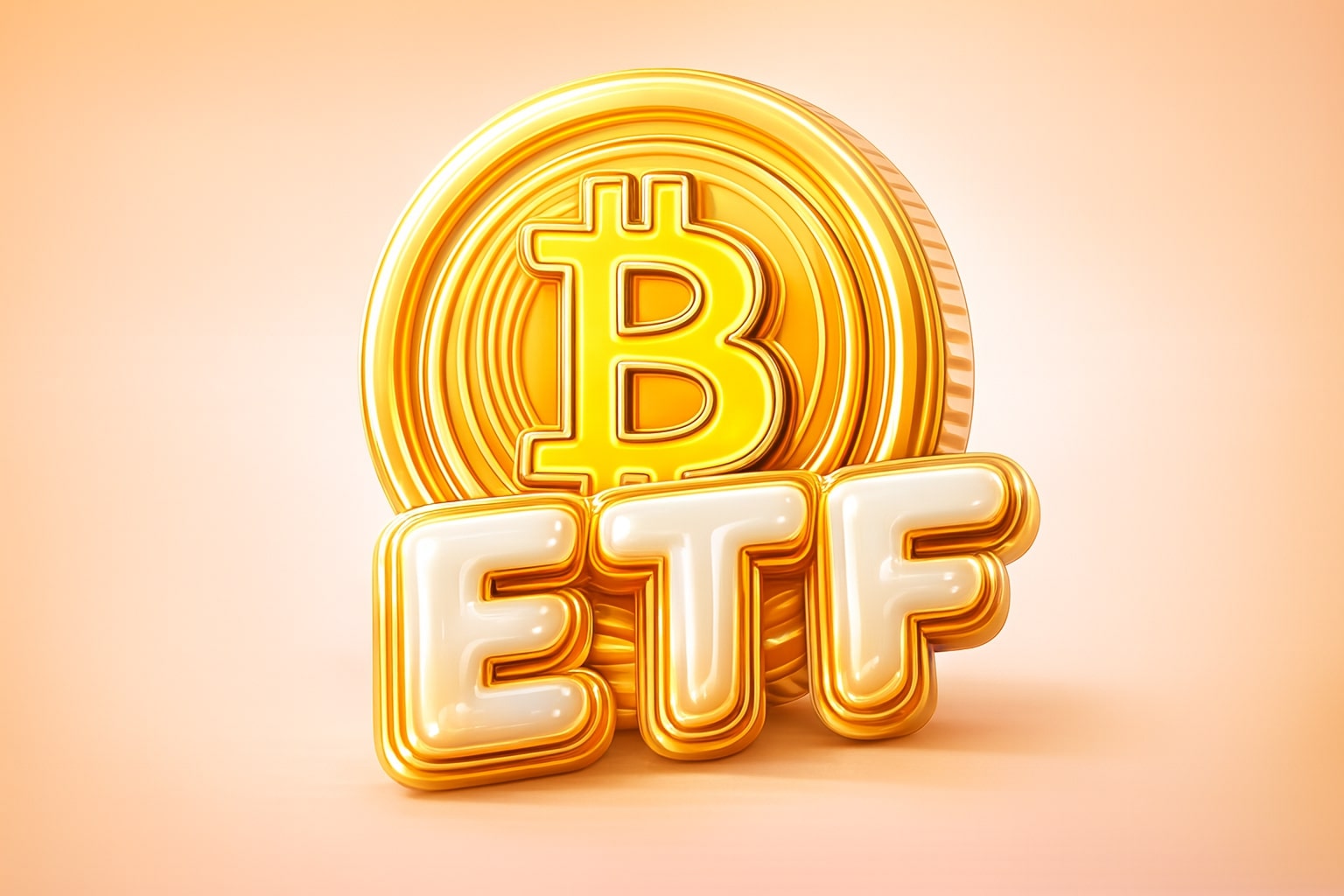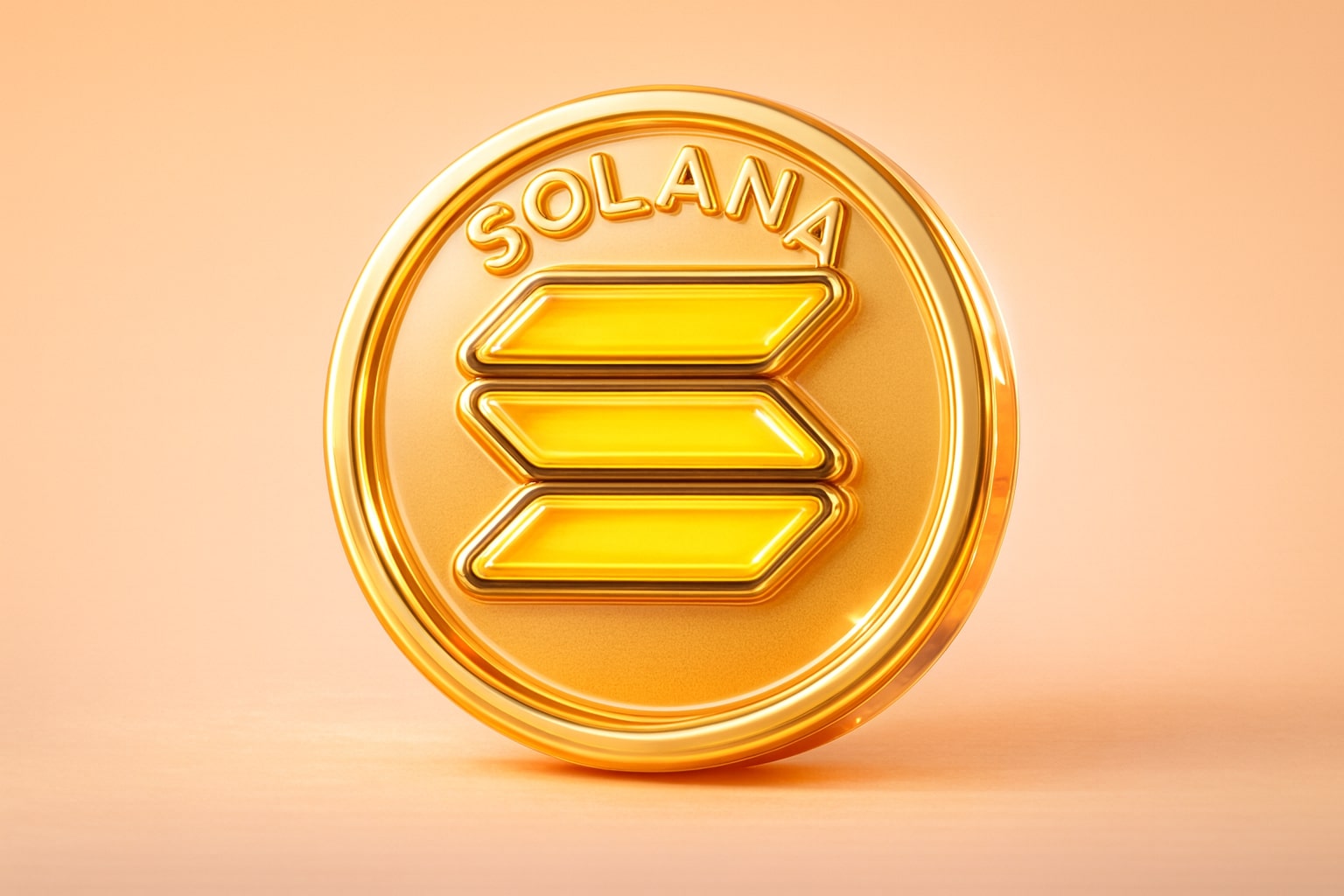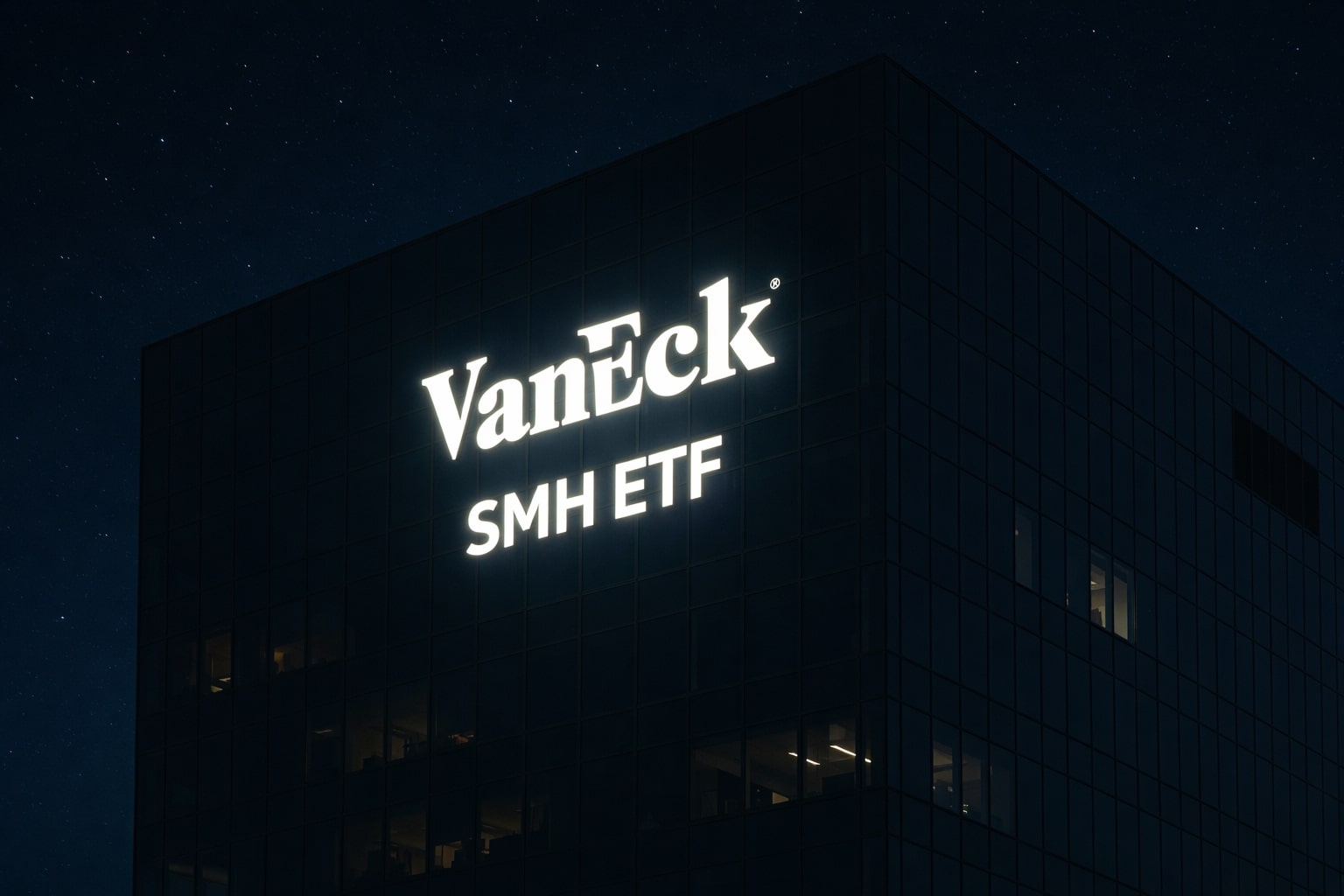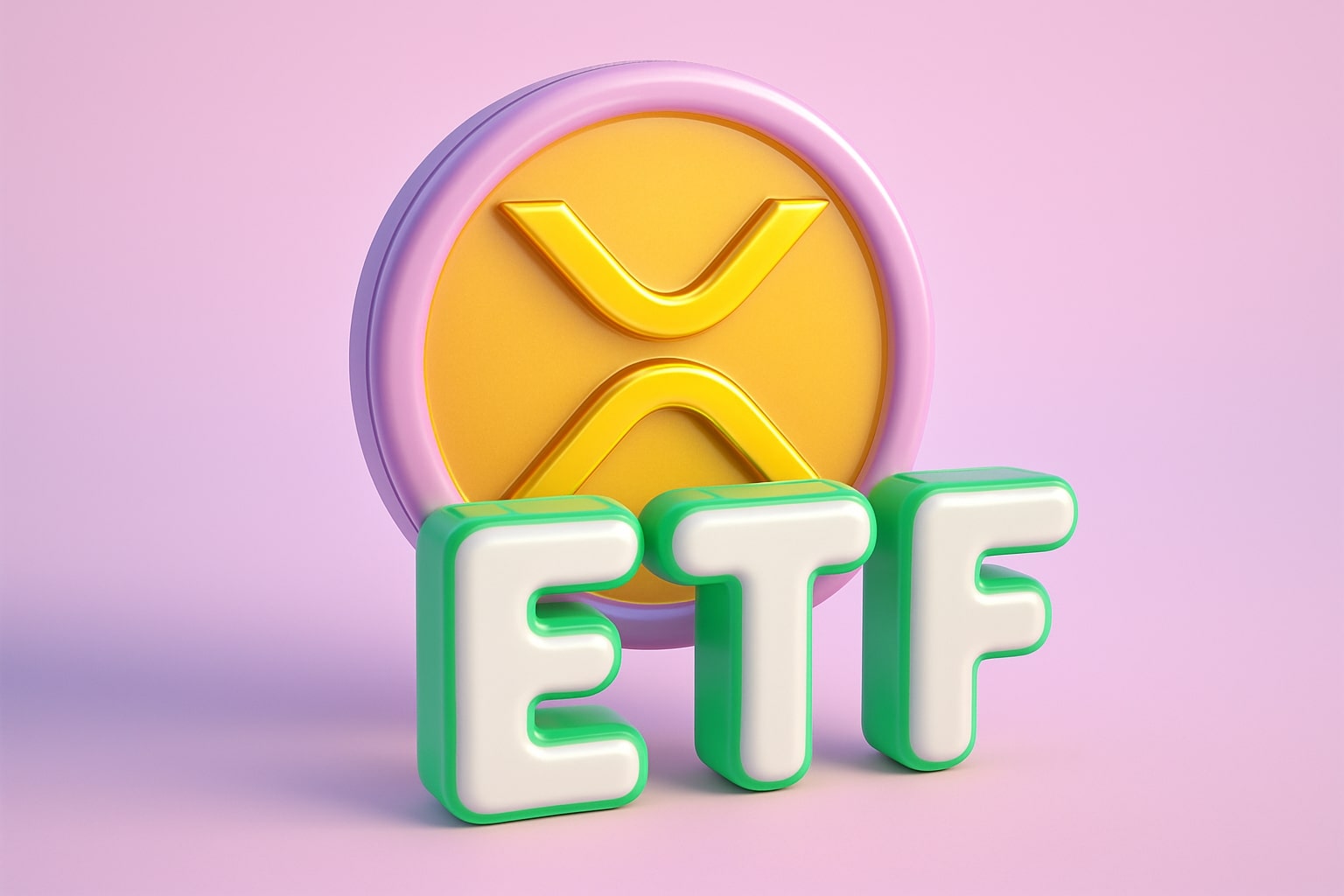
XRP ETFs XRPI and XRPR Drop as XRP-USD Holds $2.00 — $128M ETF Inflows Signal 35% Upside Potential
After a sharp correction to $12.05 (XRPI) and $16.85 (XRPR), XRP-USD steadies near $2.18 amid record $128M ETF inflows | That's TradingNEWS
Ripple’s XRP ETFs XRPI and XRPR Face $2 Support Test Amid Record ETF Inflows and Volatility
The rapid institutionalization of Ripple (XRP) through multiple ETF launches has redefined liquidity dynamics across the digital asset market. XRPI (NASDAQ:XRPI) closed at $12.05 (-8.09%), extending losses from a previous close of $13.11, while after-hours trading lifted it modestly to $12.20 (+1.24%). Meanwhile, XRPR (BATS:XRPR) fell 8.27% to $16.85, slipping from $18.37, with intraday volatility ranging between $16.71 and $17.69. Both ETFs mirror the broader decline in XRP-USD, which trades near $2.18, down 6.09%, as traders digest simultaneous ETF debuts and a short-term exhaustion in buying momentum following record inflows exceeding $128 million across the sector in just four days. The synchronized correction across XRPI and XRPR underscores a phase of recalibration as speculative enthusiasm meets structural liquidity growth.
Institutional Accumulation And Canary’s $128 Million Catalyst
The pivotal catalyst for XRP’s ETF-driven expansion came from Canary Capital’s XRPC ETF, which generated $58.5 million in trading volume on its first day and $128 million across its first four sessions—surpassing the early performance of Solana’s debut ETF. Bloomberg’s ETF strategists flagged XRPC’s $26 million in first 30 minutes of trading as one of the strongest openings for a digital asset fund in 2025. This liquidity burst, however, was met with a paradoxical 7% drop in XRP-USD, highlighting how speculative rotations temporarily overshadow accumulation. The ETF’s staggered rollout model—contrasting Bitcoin’s single-day mass approval—creates a sustained inflow pattern, allowing each successive fund to reinforce demand created by its predecessors.
XRPI And XRPR Performance Divergence And Market Behavior
While both XRPI and XRPR track spot XRP performance, their underlying mechanics diverge. XRPI follows a pure spot-backed structure, allocating its entire portfolio to physical XRP holdings, while XRPR integrates a hybrid strategy, maintaining 40% exposure to other XRP ETFs to capture derivative-driven liquidity. Despite this, both ETFs have underperformed the early optimism priced in prior to launch. XRPI’s 52-week range of $11.91–$23.53 reveals a heavy retraction from the speculative highs of Q3 2025, while XRPR’s 52-week range of $16.71–$25.99 places current prices at the lower bound of institutional entry zones. Volume spikes above 600,000 shares for XRPI and 47,000 for XRPR highlight sustained trading activity despite declining prices—evidence of continued repositioning by both retail and institutional players rather than mass exits.
Expanding ETF Ecosystem: From Spot To Option Income Exposure
Following Canary’s successful debut, the XRP ETF ecosystem accelerated with nine additional launches across U.S. exchanges, collectively expected to attract between $4 billion and $8 billion in first-year inflows. Major issuers like Bitwise, 21Shares, CoinShares, WisdomTree, and Grayscale are onboarding XRP-linked products throughout November, including Bitwise’s institutional-grade XRP ETF and Franklin Templeton’s EZRP on the CBOE. The ETF lineup now extends into income-generation products such as the Amplify XRPM Option Income ETF, offering a 36% annualized option premium (3% monthly yield) through covered call strategies tied to XRP exposure. This structure combines weekly out-of-the-money calls on 30–60% of holdings with unhedged XRP exposure on the remaining 40–70%, delivering consistent income without fully capping upside potential. With a 0.75% expense ratio and monthly distributions, XRPM has drawn interest from institutional yield-seekers migrating from covered call equity funds like QYLD and JEPQ.
Institutional Endorsements Validate XRP’s Regulatory Standing
The simultaneous entrance of multiple regulated issuers signals that U.S. regulators now implicitly recognize XRP’s commodity classification, ending a multi-year gray area. Franklin Templeton’s EZRP, Bitwise’s new spot ETF, and 21Shares’ XRP Trust listing confirm SEC acceptance of XRP custody and liquidity standards, opening pathways for broader institutional inflows. Bloomberg Intelligence notes that of the 900 ETFs launched in 2025, only Solana’s and XRP’s have attracted immediate high-volume participation—evidence that market appetite for altcoin exposure has normalized under regulated frameworks.
Technical Analysis: XRP-USD Retains $2 Support Despite Weak Momentum
XRP-USD currently trades near $2.18, marginally above the key $2.00 psychological level. Chart structure shows consolidation within a descending channel, with interim resistance at $2.33–$2.52 and lower support around $2.09–$2.07. RSI readings near 39 suggest oversold conditions, but the absence of decisive volume-based confirmation prevents a breakout signal. A daily close above $2.21 would indicate a short-term reversal toward $2.52, while failure to hold $2.09 could accelerate losses toward $1.61, the next structural support. Technical analysts on TradingView noted a “flash wick” on Kraken that briefly took XRP/USD from $2.18 to $2.1979, signaling isolated liquidity imbalances typical of ETF integration phases.
On-Chain Metrics Reveal Whale Rotation And Long-Term Realignment
Blockchain data indicates that long-term holders (LTHs) are undergoing a sentiment shift from “belief” to “optimism/anxiety” as per Glassnode’s NUPL model. Whale monitoring flagged a $95 million XRP transfer to Binance, possibly linked to ETF seeding rather than liquidation. Over-the-counter (OTC) desks confirm strong institutional accumulation between $2.00–$2.25, with most flows originating from multi-signature wallets historically associated with custodial partners of ETF issuers. Meanwhile, the aggregate whale wallet count (holding over 10M XRP) rose by 3.2% month-over-month, consistent with supply consolidation prior to upward revaluation phases.
XRPI And XRPR: Comparative Market Depth And Liquidity Flow
XRPI remains the leading XRP ETF by market volume, posting average daily trading of 615,000 shares, with bid-ask spreads tightening to 0.04%, signifying robust institutional participation. In contrast, XRPR’s average daily turnover near 48,000 shares suggests a thinner retail presence, but its hybrid portfolio structure makes it attractive for cross-ETF arbitrage strategies. XRPR’s embedded exposure to XRPI, XRPC, and XRPM provides indirect diversification across both spot and derivative markets, allowing it to outperform in yield-driven conditions. Liquidity tracking also shows that XRPC and XRPI now account for over 70% of XRP-linked ETF trading activity, with cumulative turnover above $400 million since launch week.
Read More
-
SMH ETF: NASDAQ:SMH Hovering at $350 With AI, NVDA and CHIPS Act Fueling the Next Move
16.12.2025 · TradingNEWS ArchiveStocks
-
XRP ETFs XRPI and XRPR: Can $1B Inflows Lift XRP-USD From $1.93 Back Toward $3.66?
16.12.2025 · TradingNEWS ArchiveCrypto
-
Natural Gas Price Forecast: NG=F Falls to $3.80–$3.94 as Warm Winter Kills $5.50 Spike
16.12.2025 · TradingNEWS ArchiveCommodities
-
USD/JPY Price Forecast - USDJPY=X Slides, BoJ 0.50% Hike, Fed Cut and NFP Set the Next Big Move
16.12.2025 · TradingNEWS ArchiveForex
Macro Sentiment And ETF Flows Shape Short-Term Volatility
The crypto market’s broader weakness—led by Bitcoin’s retracement from $115,000 to $94,000 (-14%)—has suppressed short-term ETF-driven price lift in XRP. However, the regulatory clarity and multi-issuer ETF inflows have partially insulated XRP from deeper drawdowns. Data from TradingView shows XRP maintaining 3.5% positive correlation divergence versus the total altcoin index, indicating sector resilience. ETF inflows of $268 million in XRPC and expected $5 billion cumulative by year-end could absorb near-term selling pressure once short-term arbitrage unwinds.
ETF Sequencing Could Create Staggered Liquidity Waves
Unlike Bitcoin’s simultaneous ETF launch that caused an initial “buy-the-rumor, sell-the-news” spike, XRP’s staggered rollout through Canary, Bitwise, 21Shares, and Franklin Templeton creates a chain reaction of sustained buying. Each new fund requires physical XRP to seed liquidity pools, driving recurring demand every week. This design may generate rolling accumulation phases, gradually offsetting profit-taking. Market strategists project that once the EZRP ETF (Franklin Templeton) and Bitwise XRP Fund go live on November 20–25, secondary inflows could trigger a technical recovery toward $2.50, reclaiming mid-range resistance.
Long-Term Valuation Outlook For XRP ETFs
Institutional forecasts vary, but consensus models place XRP-USD between $2.90 and $3.25 by end-December, contingent on maintaining inflows above $250 million weekly. More bullish macro models foresee potential expansion toward $6–$7 over 2026 if ETF assets under management (AUM) exceed $8 billion, replicating Bitcoin’s post-ETF trajectory. The XRP Option Income ETF (XRPM) could also attract income-focused capital migrating from bond ETFs, further stabilizing liquidity. With aggregate ETF AUM for XRP products already surpassing $500 million within two weeks, Ripple’s asset has achieved a structural transformation from speculative altcoin to institutional-grade exposure.
Final Market View: Buy With 35% Upside Potential
The current structure of **XRP’s ETF ecosystem—spanning XRPI, XRPR, XRPC, XRPM, and EZRP—**establishes a deep, regulated liquidity base that could stabilize prices near $2.00–$2.20 before the next bullish impulse. Short-term volatility remains elevated, but the fundamental alignment of ETF inflows, whale accumulation, and institutional recognition supports a bullish bias through Q1 2026. A confirmed breakout above $2.33 could unlock targets at $2.90–$3.25, while the ETF complex itself may expand toward $10 billion AUM within 12 months.
Verdict: BUY — Tactical accumulation favored between $2.00 and $2.25 with 35% upside potential as institutional demand anchors XRP’s price stability.














